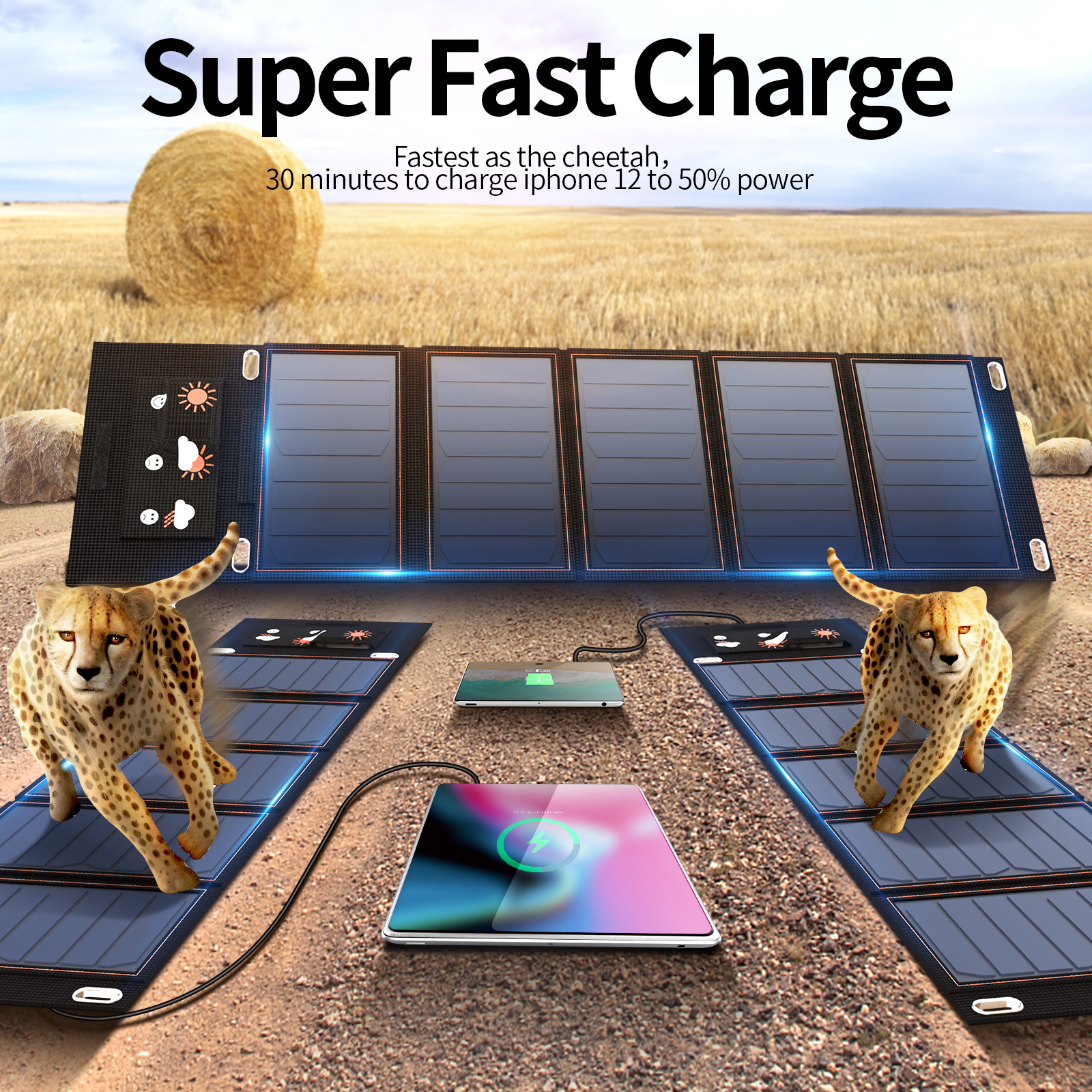In the field of biological research, especially when working with eukaryotic systems, cultivating cells is a common and essential task. As a fundamental component of experiments, the condition of the cells plays a critical role in the success of any study. However, with so many cell lines available in modern laboratories, each exhibiting unique growth behaviors, it can be challenging for researchers to determine whether their cultures are healthy and viable.
To address this challenge, major manufacturers have developed a variety of tools designed to monitor and assess cell cultures. Some of these tools are specialized for applications such as drug screening, while others are used more frequently for routine cell culture monitoring. In this article, we'll explore some of the most effective methods currently available for evaluating cell health.
**Flow Cytometry-Based Detection**
The concept of "cell health" is broad and encompasses various factors, including cell density, doubling time, oxidative stress, and apoptosis. However, the most direct and commonly measured indicator is **cell viability**.
Traditionally, cell viability was assessed using a hemocytometer and trypan blue exclusion. This method involves staining cells with trypan blue, which only enters cells with compromised membranes, allowing researchers to distinguish live from dead cells. While this approach is still widely used, automated alternatives like Bio-Rad's TC20 Automatic Cell Counter have made the process faster and more efficient.
Another popular technique is flow cytometry, which offers a more detailed analysis. For example, MilliporeSigma’s Muse® Count & Viability Assay uses two fluorescent dyes—one that labels all nucleated cells and another that identifies non-viable cells. By analyzing the stained cells on a Muse cell analyzer, researchers can quickly obtain both total cell count and viability information.
According to Kamala Tyagarajan, Director of Research and Development for Flow Cell Applications at MilliporeSigma, the company has developed over 25 assays for the Muse Cell Analyzer, with 10 specifically focused on cell health. These include tests for apoptosis, oxidative stress, mitochondrial function, and cell cycle status. Similar technologies are also available through other platforms, such as the Guava easyCyte system.
Bio-Rad’s CytoTrack™ assay is another flow cytometry-based tool that measures cell proliferation by tracking the dilution of a dye as cells divide. Chris Linnevers, Product Manager for Cell Biology at Bio-Rad, explains that this method provides an accurate way to determine how many times a cell has divided, offering valuable insights into cell growth dynamics.
**Imaging-Based Detection**
In addition to flow cytometry, imaging technologies have become increasingly popular for monitoring cell cultures. Companies like Bio-Rad, Essen Bioscience, and GE Healthcare offer advanced imaging platforms that allow researchers to observe morphological changes in real-time.
For instance, Bio-Rad’s ZOE™ Fluorescent Cell Imager is a benchtop microscope that combines tablet interface, inverted microscope design, and digital fluorescence imaging capabilities. It features bright field and three fluorescent channels, making it ideal for routine cell health monitoring, particularly for cells expressing fluorescent proteins.
Additionally, Bio-Rad’s VivaFix™ reagent helps differentiate between live and dead cells based on staining intensity. This reagent binds to primary amines, providing a clear visual distinction between viable and non-viable cells.
**Other Tools and Reagents**
Beyond flow cytometry and imaging, there are numerous other tools and reagents used in cell culture monitoring. ELISA kits, for example, are widely used to detect specific proteins or markers related to cell health. Companies like Nanjing Xinfan Biotechnology Co., Ltd. offer a range of imported ELISA kits, serum products, and reagents, including gelatin zymography test kits and rat or human ELISA test kits, catering to a wide array of research needs.
Whether you're conducting basic cell culture or more complex biological studies, having the right tools to monitor cell health is essential. With a combination of flow cytometry, imaging, and biochemical assays, researchers can gain deeper insights into their cell cultures and ensure the accuracy and reliability of their experimental results.
Solar Panel

A solar cell panel, solar electric panel, photo-voltaic (PV) module, PV panel or solar panel is an assembly of photovoltaic solar cells mounted in a (usually rectangular) frame, and a neatly organised collection of PV panels is called a photovoltaic system or solar array. Solar panels capture sunlight as a source of radiant energy, which is converted into electric energy in the form of direct current (DC) electricity. Arrays of a photovoltaic system can be used to generate solar electricity that supplies electrical equipment directly, or feeds power back into an alternate current (AC) grid via an inverter system.
Solar Panel,200w Folding Solar Panel,Folding Solar Portable Power Station,Sunpower Solar Cell
suzhou whaylan new energy technology co., ltd , https://www.xinlingvideo.com

![<?echo $_SERVER['SERVER_NAME'];?>](/template/twentyseventeen/skin/images/header.jpg)